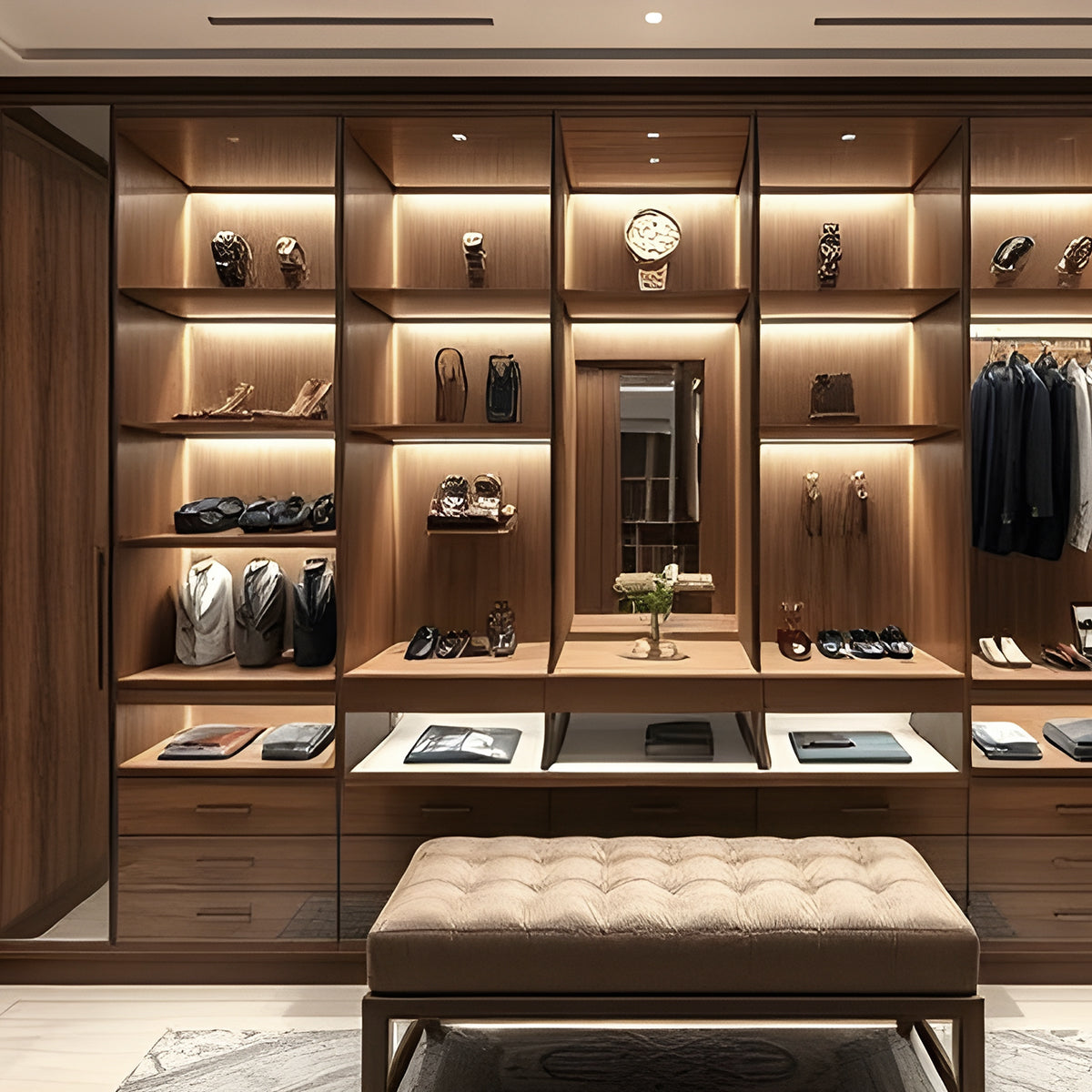THROUGH THE FAWN LENS
We Asked AI (Claude): Can AI Replace Interior Designers?

The results of us briefing AI to create a room similar to our Maidstone project
Here is 'his' unedited response...
In recent years, artificial intelligence has made remarkable strides across various creative industries. From generating artwork to composing music, AI tools have demonstrated capabilities that were once thought to be exclusively human. This naturally raises the question: can AI replace interior designers? As technology continues to evolve, it's worth exploring the potential and limitations of AI in the realm of interior design.
The Current State of AI in Interior Design
Today's AI design tools offer impressive functionality. They can generate room layouts, suggest colour schemes, and even create photorealistic visualisations of spaces. Apps like RoomPlanner AI and Interior AI allow users to upload photos of their rooms and receive AI-generated redesign suggestions within seconds. These tools leverage vast databases of design principles, styles, and trends to produce results that often look professionally designed.
What AI Does Well
AI excels at certain aspects of interior design. It can process enormous amounts of data to identify patterns and trends, allowing it to make stylistically consistent recommendations. It never tires, meaning it can generate countless design variations for a single space. AI can also democratise design by making basic interior design advice accessible to those who might not be able to afford a professional designer.
The Human Elements AI Cannot Replace
Despite these capabilities, interior design involves numerous elements that current AI systems struggle to replicate:
Understanding personal connection to space: Interior designers don't just create beautiful rooms; they create homes that reflect their clients' personalities, histories, and aspirations. Good designers spend time understanding how clients live, what brings them joy, and what makes a house feel like home—nuances that AI cannot fully grasp.
Spatial awareness and physical context: Professional designers bring an intuitive understanding of how spaces feel when occupied. They consider factors like natural light throughout the day, airflow, acoustic properties, and how people physically move through spaces. While AI can analyse room dimensions, it lacks the embodied experience of being in a space.
Problem-solving beyond aesthetics: Interior designers often tackle complex challenges that extend beyond visual appeal. They navigate building regulations, work within structural constraints, and find creative solutions to unusual spaces. These scenarios require adaptive thinking that current AI systems don't possess.
Cultural sensitivity and contextual awareness: Design doesn't exist in a vacuum. Professional designers understand local architectural traditions, cultural meanings attached to certain elements, and how to respectfully incorporate heritage into modern spaces—contextual nuances that AI struggles with.
The Likely Future: Collaboration Rather Than Replacement
Rather than a complete replacement, the most promising future appears to be one of collaboration between human designers and AI tools. Interior designers could use AI to:
- Generate initial concepts and mood boards more quickly
- Visualise design options for client presentations
- Handle repetitive tasks like creating material schedules or cost estimates
- Optimise layouts for specific parameters like accessibility or sustainability
This partnership would allow designers to focus on the uniquely human aspects of their work: building client relationships, conceptual thinking, and solving complex design challenges.
Conclusion
While AI tools for interior design continue to improve at an impressive rate, they remain limited in crucial ways. They lack the emotional intelligence, spatial intuition, and contextual understanding that professional designers bring to their work. For straightforward projects or basic design advice, AI may increasingly serve as an accessible alternative to hiring a professional. However, for projects requiring nuanced understanding of human needs and complex problem-solving, skilled interior designers will remain irreplaceable for the foreseeable future.
The most exciting potential lies not in AI replacing designers, but in how these technologies might augment human creativity—allowing designers to work more efficiently and explore possibilities they might not have considered otherwise. The future of interior design likely involves a complementary relationship between human expertise and artificial intelligence, creating spaces that are both technically optimised and deeply human.
MORE FROM THE FAWN DESIGN CIRCLE

Luxury Display Solutions for Watches, Ties and Accessories in Your Dressing Room


